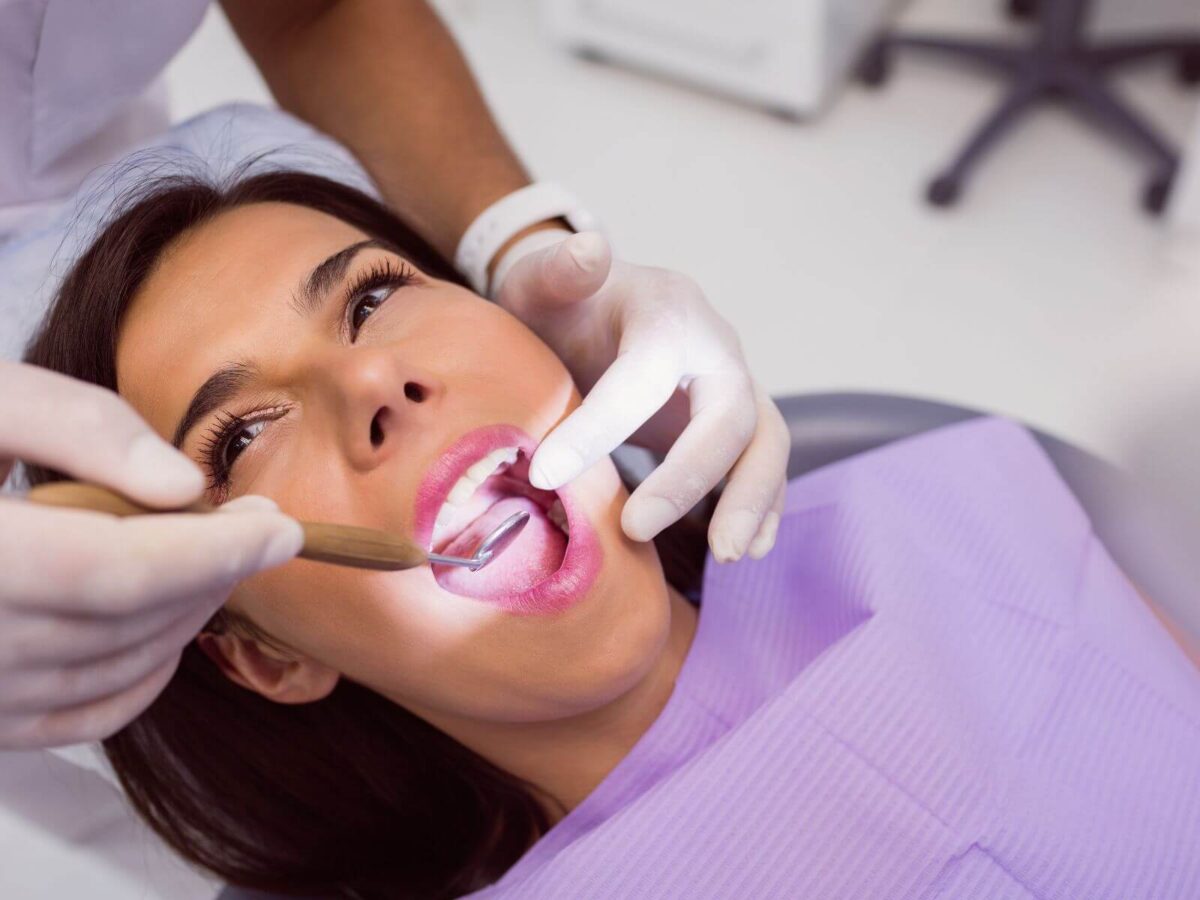Blog
Dental hygiene tips for healthy teeth & gums

Fluoride Treatment For Child: Benefits & Side Effects
The most popular of all the minerals is fluoride due to its health benefits to our teeth. We even consume it in our toothpaste and the mouthwashes we use to clean our mouths. Furthermore, it is present in our local drinking water. They say it is beneficial, especially for the growing children’s body, as it strengthens teeth and prevents cavities from developing. But with it also comes some inequality, so today we’ll give you key facts that you and your kids need to know about what it all means for your family and how to protect your child’s teeth for a lifetime.
Do Children Need Fluoride?
Fluoride is widely present and occurs naturally in rocks, soil, water, and air. Practically all water contains fluoride, but research conducted in the early 1900s proved that fluoride helps minimize the brown staining of teeth.
These studies paved the way for fluoride in today’s dental products and other future treatments, and it is most often present in community water supplies, toothpaste, and mouth rinses. Overall, many dentists support the use of fluoride for children as it provides many benefits, including:
- Strengthening Enamel: Fluoride is a mineral that makes the enamel even more vital due to forming a bond with the enamel’s molecules while leaving your baby’s teeth smooth to fight off bacteria.
- Stops Bacteria Production: Since it affects the enamel, fluoride halts bacterial emanation by preventing the bacteria from forming layers beyond the teeth.
- Reduces Tooth Decay: The actions it performs on the bacteria substantially reduce tooth decay in young children, thus strengthening the teeth.
However, are there side effects of ‘fluoride’? Sadly, yes. Excess fluoride in the child’s diet may lead to dental fluorosis, which results in off-white streaks in the name. However, the CDC also noted that dental fluorosis does not threaten tooth function, which can make the teeth less susceptible to cavities. It is not a disease – it happens if your child consumes too much fluoride and only changes your child’s teeth slightly.
Fluoride and Their Treatments: Benefits
There are many ways that a child benefits if he or she receives following fluoride treatments.
Calcium and phosphate are better used in the body because the teeth return the minerals to repair the part of the tooth weakened by acid.
Fluoride allows minerals such as calcium and phosphate into the developing teeth’s structure to strengthen enamel for their lifetime immunity to bacteria and cavities. This antimeaning mineral can arrest or even “turn back” cavities by damaging the bacteria that cause them.
Finally, all the mentioned components contribute to the reduction of cavities risk in addition to slowing them. Also, treatment with RIO hinders the need for expensive dental solutions and helps primary teeth to last longer.
Most importantly, it saves you time and money, which you would otherwise spend on various treatments in dental offices.
When fluoride stops cavities or slows them down, it also stops gum disease, alleviates toothaches, and avoids early tooth loss.
The WHO explains how fluoride treatments enhance oral health since they rely on oral health as a strong determinant of general well-being. On the other hand, gum disease and tooth decay lead to several diseases, such as cardiac infection, respiratory infection, osteoporosis, cancer, and the rest.
Side Effects of Fluoride Treatment
Proponents of natural health have concerns about children’s fluoridated water at high dosages. They stated that fluoride is toxic to the human body and fluorinated water could be hazardous, too. But these are myths told by few people to many people, and they run helter-skelter skelter, saying that fluoride treatments or fluoridated water have side effects.
The most frequent side effect of fluoridation is tooth staining. Fluorosis is another condition that results in streaked or other white markings on children’s teeth. Fluorosis occurs in children who ingest large amounts of fluoride while their first and second teeth grow under the gums. Infants to 8 years old are most vulnerable to fluorosis.
Fluoride affects the color of teeth, mainly in childhood. Children who might be taking fluoridated water or supplements might overdo it by swallowing the water or taking excess supplements. Drinking water supplied to USA residents contains fluoride, which supplies the children with higher quantities of fluoride than they require.
Final Thoughts
Parents are advised to use the tiniest quantity of fluoride toothpaste to brush their children’s teeth as soon as they emerge. Brushing will help shield the child’s teeth without harming them to fluorosis, regardless of whether the child swallows the toothpaste.
Different doses of fluoride are safe for children as long as children are watched and are not allowed to use fluoride rinses at home because they may ingest too much of it.
At Rio Bravo Dental, we take care of all these things and ensure that fluoride benefits your children.


